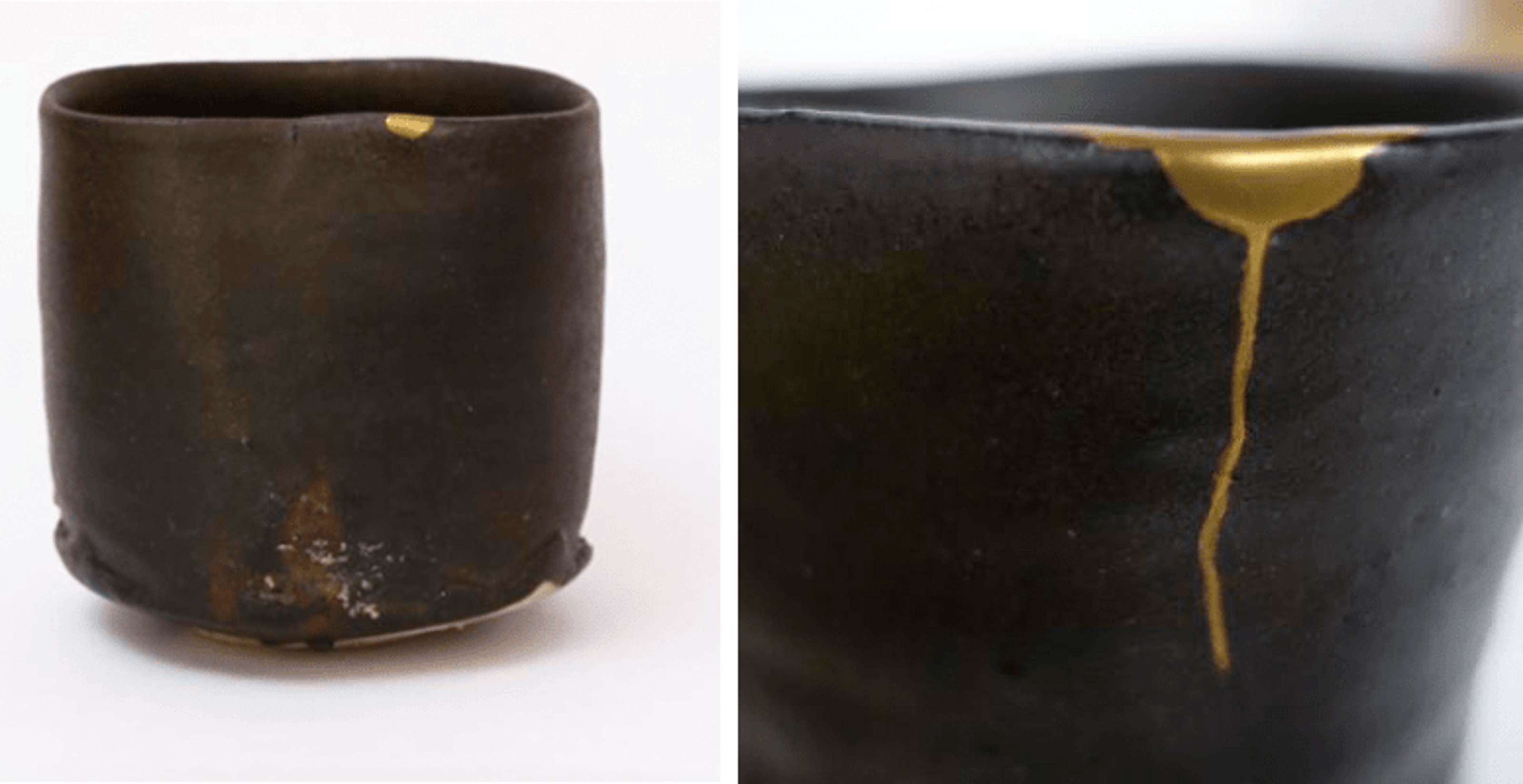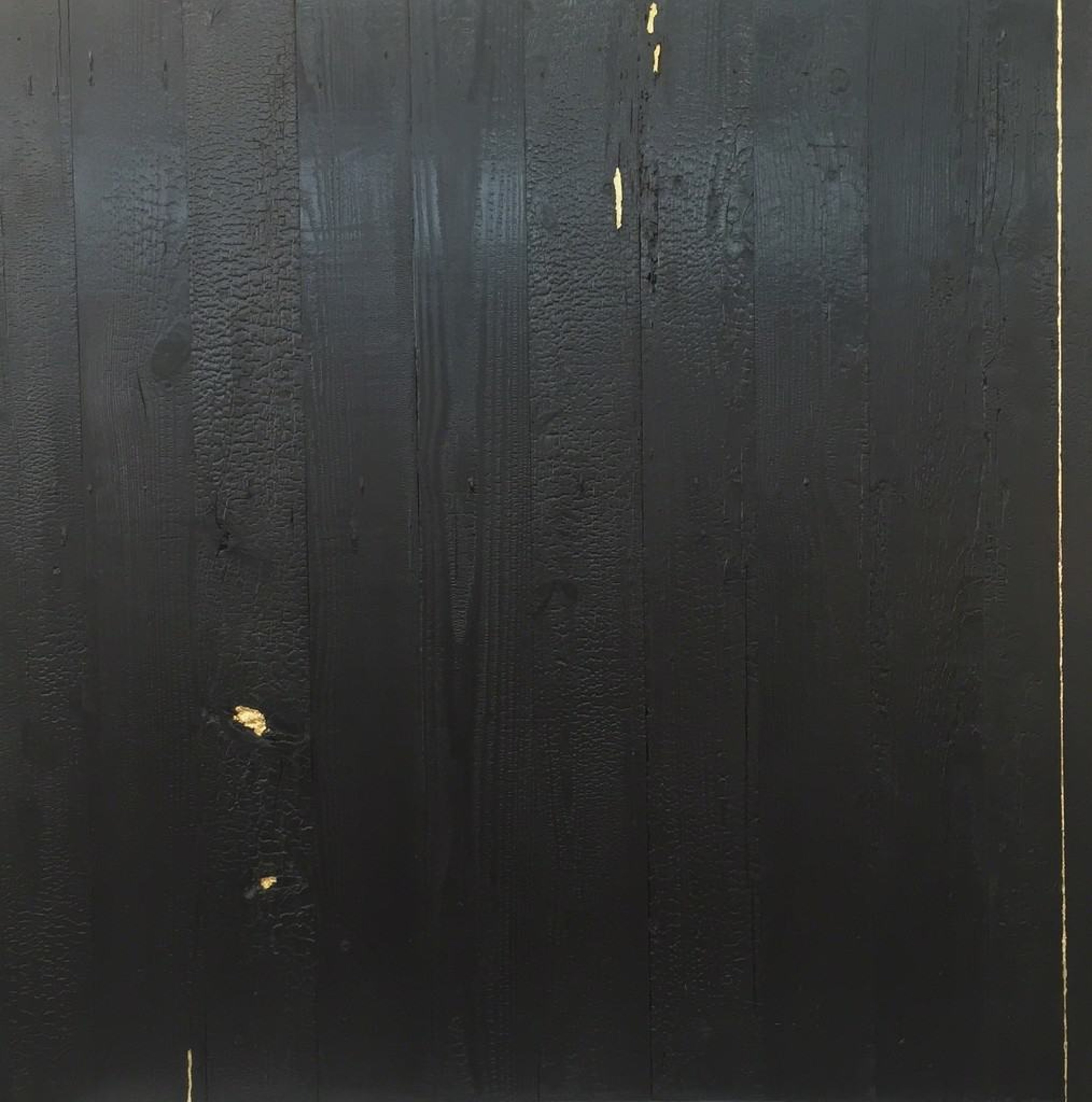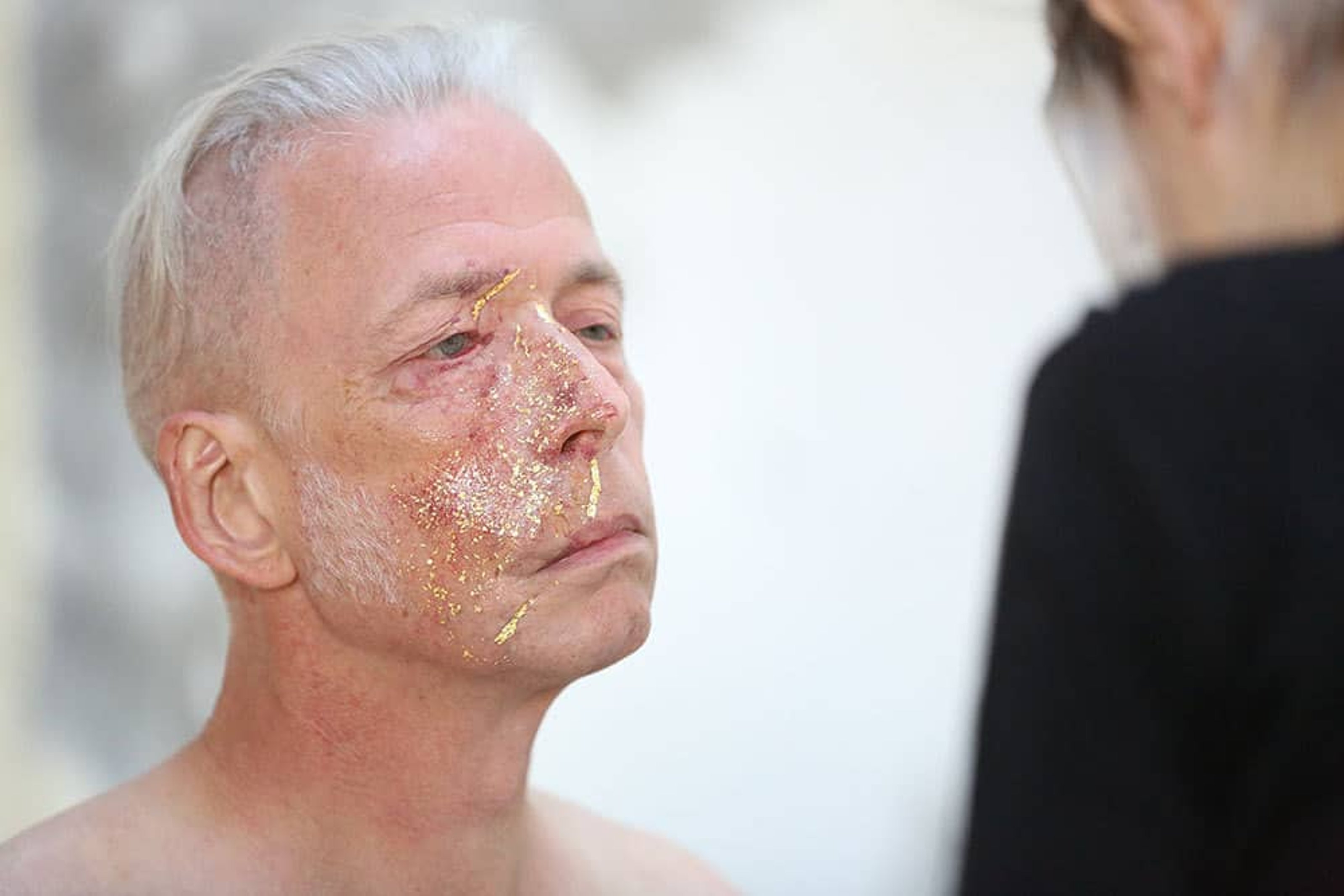It is rare to find a celebratory approach to broken objects. Yet, for the past 500 years, a Japanese craft has given new life to broken vessels, transforming cracks and fault lines into priceless mappings of time. Kintsugi is a traditional Japanese technique and art form that involves re-joining broken pottery pieces to grant broken pieces of a new life. Kin translates to “gold” and Tsugi suggests “joinery” and mending. The process involves lacquer, sometimes as a varnish combined with pigments such as red iron oxide, and gold leaf, creating decorative veins of gold that trace where the piece shattered. The process is laborious and requires costly materials to achieve the proper result. Kintsugi projects that are even a few centimeters long may take months to complete.
Japanese tableware is widely admired and collected, known for its refined beauty and unique textures. Ceramics and lacquerware have a long history in Japan, yet Kintsugi can be traced back to the 15th century in the Muromachi period. The most common theory of its origin is linked to shogun Ashikaga Yoshimasa (b. 1436 – 1490, reigned from 1449 – 1473). The story begins after Yoshimasa breaks a tea bowl he had purchased from China, so he ships the pieces back to the workshop in hopes of having it repaired. Yoshimasa is disappointed to find the bowl covered in bulky metal staples upon its return, so he challenged his craftsmen to find a better solution. The result was not simply a disguise of the damage, it was a meaningful new work of art brought about by an artistically Zen approach. The visual effect of kintsugi is quite beautiful, yet the underlying purpose of the method can be understood as something deeply philosophical and spiritual.
Kintsugi is perhaps best explained through the Zen Buddhism-born philosophy of Wabi-Sabi. Wabi-sabi is an approach that values the beauty of aged, broken, non-symmetrical characteristics, elevating “imperfection” into an ineffable, sublime, and often melancholy experience for the viewer.
After hundreds of years, Kintsugi continues to influence craftspeople and artists internationally. The tradition in its purest form remains popular, as can be seen by the ceramics artist Shiro Tsujimura (b. 1947).

Kintsugi may also be used in materials other than ceramic, as Miya Ando (b. 1978) beautifully presents in Kintsugi (Repaired with Gold) Shou Sugi Ban (Charred Cedar Wood).

“I specifically use Shou Sugi Ban or ‘Charred Cedar’ in this series, I’m combining two traditional techniques that are usually not combined. Kintsugi is typically used in the repair of pottery and Shou Sugi Ban is an exterior cladding used regionally in Japan. In Okayama, where I spent part of my upbringing, it is still used today as an architectural cladding which prevents fires and insects,” says Ando.
Ando’s Kintsugi series involves filling the crevices of shou-sugi-ban, a type of charred wood that is used in traditional buildings in Okayama. Ando was trained at the Hattori Studio in Japan, where centuries-old Japanese techniques are still being used. In these powerfully minimal works, the material qualities evoke sacred golden light reminiscent of the memories of Buddhist temples from her childhood.
The inclusion of Kintsugi in conceptual art is becoming increasingly powerful, as artist Hélène Gugenheim boldly proves in her experimental work.

Using body as material, Gugenheim transforms scar tissue into golden seams in a performative act involving the artist, material, and a muse. The process is documented on film: the “gilding” of the body, a period of free expression for the muse, and then the eventual removal of the precious metal. The vial of gold is then given to the participant, symbolizing the preciousness of the experience and of the scar itself. From mastectomies to skin graft scars, this unique Kintsugi process/performance highlights beautiful corporeal stories of participants.
“I wanted to gild a scar to underline the fact that we are able to heal, to change,” says Gugenheim.
The line’s meaning oscillates between fragility and strength, always illustrating the powerful histories of each individual body.
Born from practicality and poetry, Kintsugi grants freedom to artists and viewers. It is a form of reconciliation with the fact of fragility, transforming wasteful and often grief-filled experiences into strikingly unique pieces of history. Kintsugi adds another layer of beauty, function, and craftsmanship to the already-rich discipline, which deepens the spiritual potential of not just objects, but relationships to others and ourselves.